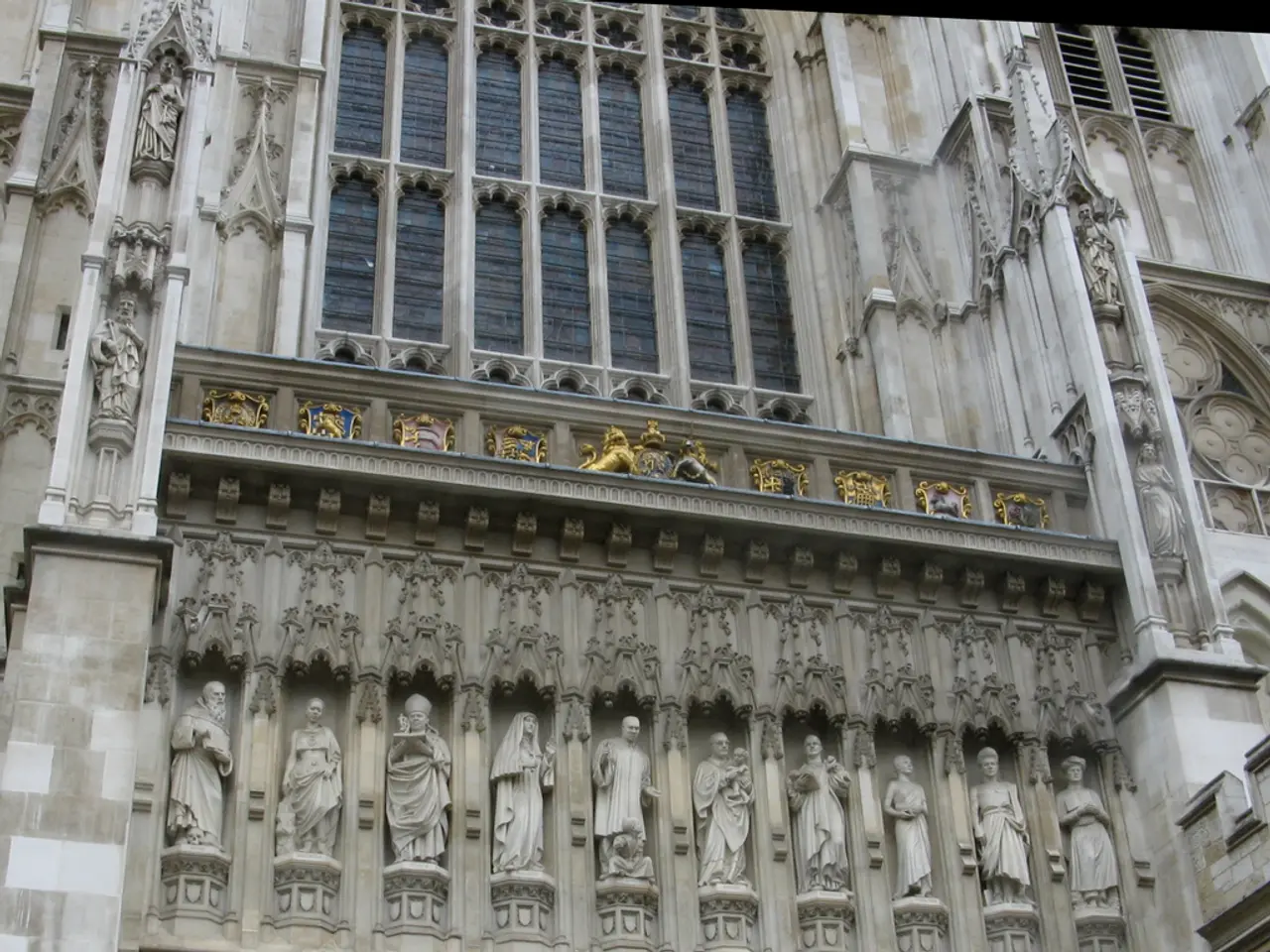Cavities in wall structures, their identification, and the potential for alteration during renovations, explained by industry professionals
Cavity walls, a common feature in many British homes, are a type of wall made up of one outer brick wall, an inner brick or concrete block, with a space in between them. This design provides a barrier against dampness and insulation, making them particularly useful for the UK's climate.
The first cavity walls were developed and introduced in Great Britain in the mid-19th century, mainly as a result of the building boom in the Victorian era. Buildings constructed after the 1920s are more likely to have cavity walls.
One of the key features of cavity walls is the presence of weep holes. These are gaps at regular intervals between bricks, usually at the bottom of the wall and sometimes also above windows or doors. They are used to allow moisture to escape from the cavity, preventing dampness from building up within the wall. In modern homes, weep holes are often made from plastic.
However, it's important to note that identifying a cavity wall at a glance can be tricky. The thickness of a cavity wall can be a useful indicator, but it's not an exact science. Cavity walls are generally thicker than other wall types, but this can vary depending on the age of the house.
Altering or knocking down a cavity wall requires professional input to ensure the changes are made safely. This is because the inner skin of a cavity wall is load-bearing and requires an experienced builder and a structural engineer to determine what size and type of beam is needed to support the weight of the structure above. Tackling the alteration or knocking down of a cavity wall on a DIY basis is not advisable due to the risk of causing serious damage to the home.
In modern homes, insulation is often fitted in the cavity during construction. This adds to the wall's insulating properties, helping to keep the home warm in winter and cool in summer. In older homes, insulation can be retrofitted, but this should be done by a professional to ensure it is done correctly.
It's best to ask a trusted builder to confirm the type of wall you have in your home. They can provide advice on any potential alterations and guide you through the necessary steps to ensure the work is carried out safely and effectively.
Remember, any alteration or removal of a load-bearing wall needs to adhere to the building regulations and may require a Building Notice or a Full Plans application. Adding in a new external doorway or knocking through while building an extension also requires professional input.
In conclusion, cavity walls are a vital part of many British homes, providing insulation and a barrier against dampness. While they can be altered or knocked down, it's important to seek professional advice to ensure the work is carried out safely and effectively.
Read also:
- Understanding Hemorrhagic Gastroenteritis: Key Facts
- Stopping Osteoporosis Treatment: Timeline Considerations
- Expanded Community Health Involvement by CK Birla Hospitals, Jaipur, Maintained Through Consistent Outreach Programs Across Rajasthan
- Abdominal Fat Accumulation: Causes and Strategies for Reduction







